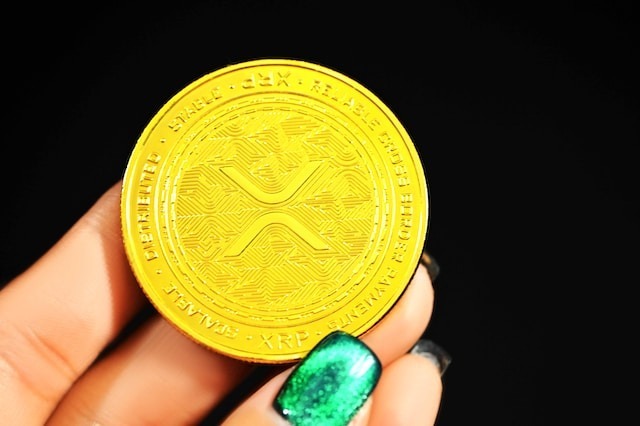
- Terra, a blockchain protocol founded in 2018, gained popularity for its algorithmic stablecoin TerraUSD (UST) and LUNA cryptocurrency but collapsed in May 2022, losing $45 billion in market value due to its flawed “burn-and-mint” mechanism.
- The fallout led to legal actions, regulatory scrutiny, and Terraform Labs’ bankruptcy in 2024, serving as a cautionary tale for the crypto industry.
In the fast-evolving world of cryptocurrencies, few projects have made as big an impact—and suffered as dramatic a downfall—as Terra. Once a promising blockchain protocol built for algorithmic stablecoins, Terra and its associated cryptocurrency LUNA saw a meteoric rise before collapsing in spectacular fashion.
The Birth of Terra
Founded in 2018 by Do Kwon and Daniel Shin, Terraform Labs aimed to revolutionize digital payments through blockchain technology. Terra launched its first cryptocurrency token in 2019, building a network that leveraged fiat-pegged stablecoins to power transactions. The most famous of these was TerraUSD (UST), which relied on an algorithmic system rather than traditional asset backing.
The Terra blockchain used a proof-of-stake mechanism and became home to decentralized applications like Anchor, Mirror, and Pylon, which aimed to offer financial services such as lending and synthetic assets. The Anchor Protocol, for example, promised an eye-catching 19.45% return on UST deposits, attracting many investors.
The Collapse of TerraUSD and LUNA
What appeared to be an innovative financial ecosystem soon unraveled. In May 2022, UST lost its peg to the U.S. dollar, sparking panic. Investors rushed to exit, causing a downward spiral in which UST crashed to mere cents and LUNA became virtually worthless. Within a week, the market capitalization of Terra’s assets plummeted by an astonishing $45 billion.
Several factors contributed to the collapse:
- Lack of Traditional Backing: Unlike other stablecoins backed by real assets, UST relied on a complex “burn-and-mint” mechanism that ultimately failed under pressure.
- Mass Withdrawals: Large investors withdrew funds from the Anchor Protocol, depleting liquidity and accelerating the decline.
- Flaws in the System: The two-token model that was supposed to maintain stability instead exacerbated volatility.
Attempts to restore stability, including using reserves of Bitcoin and other cryptocurrencies, proved futile. Terraform Labs eventually abandoned the original UST and LUNA, rebranding them as Terra Classic (LUNC) while launching a new version of LUNA. However, investor confidence had already been shattered.
Legal and Regulatory Fallout
The collapse of Terra triggered investigations and lawsuits worldwide. The U.S. Securities and Exchange Commission (SEC) charged Terraform Labs and Do Kwon with fraud, while South Korean authorities issued an arrest warrant for co-founder Daniel Shin. Do Kwon himself was arrested in Montenegro in 2023 while attempting to flee using forged documents.
In January 2024, Terraform Labs filed for bankruptcy in the U.S., listing liabilities between $100 million and $500 million. Meanwhile, investors sought compensation through multiple lawsuits, including a $56.9 million class action filed in Singapore.
Lessons from the Terra Debacle
The downfall of Terra serves as a cautionary tale for the crypto industry. It highlights the dangers of algorithmic stablecoins without sufficient backing and the risks posed by over-reliance on speculative financial models. Investors and regulators alike have become more cautious, emphasizing transparency and stability in digital assets.
While blockchain innovation continues, the collapse of Terra remains one of the most significant failures in crypto history, a stark reminder that not all groundbreaking ideas are built to last.




